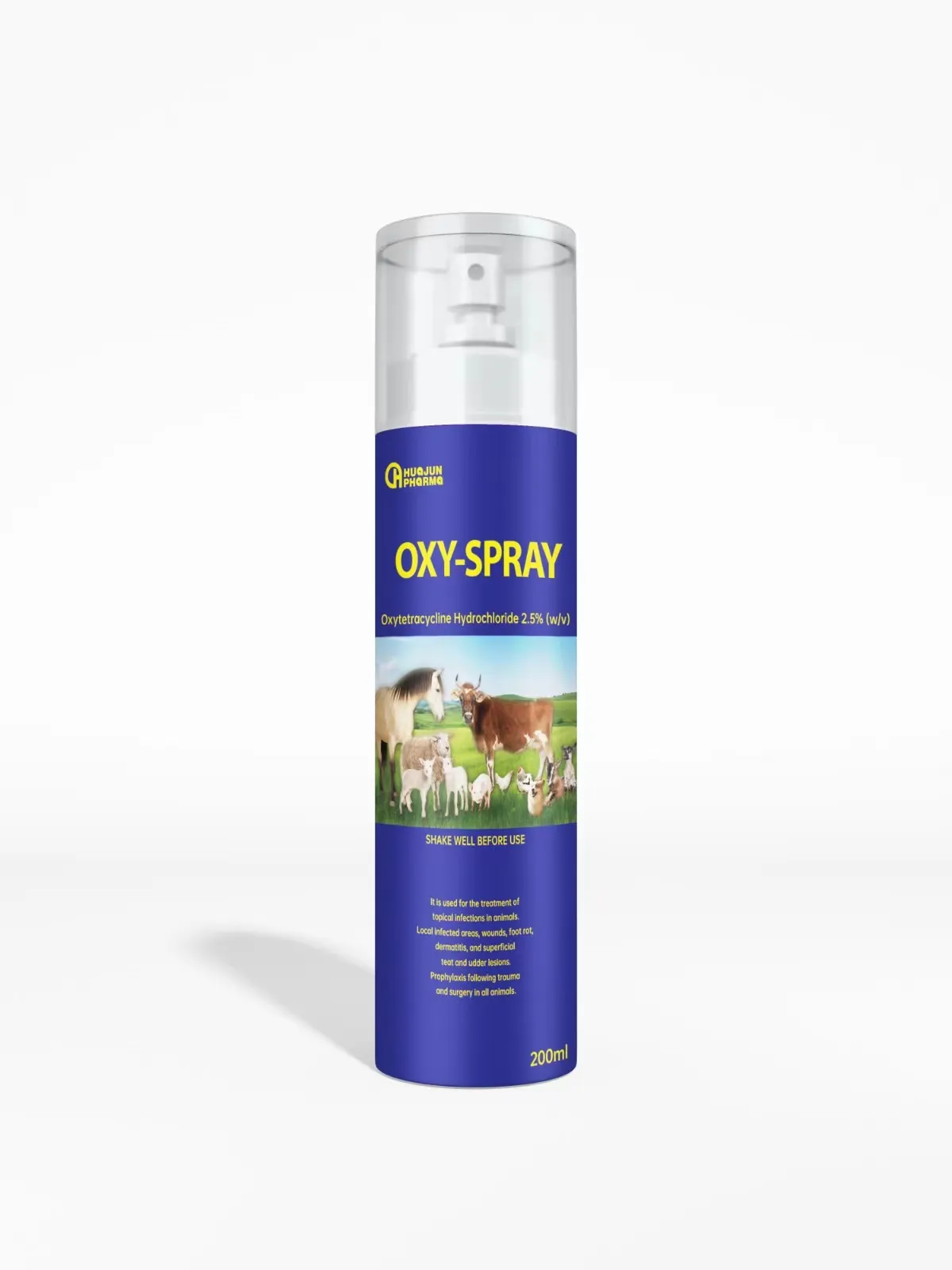
Nov . 10, 2024 08:11 Back to list
Understanding Pseudomonas Aeruginosa and Its Impact on Human Health and Environment
The Impact and Significance of Pseudomonas aeruginosa in Health and Environment
Pseudomonas aeruginosa is a gram-negative bacterium that is widely recognized for its adaptability and opportunistic pathogenicity. It is commonly found in various environments, including soil, water, and even on the surfaces of plants and animals. While Pseudomonas aeruginosa plays a role in ecological balance, it is notorious for its clinical significance, particularly in immunocompromised individuals and patients with chronic conditions.
The Impact and Significance of Pseudomonas aeruginosa in Health and Environment
Pseudomonas aeruginosa is responsible for a range of infections, including urinary tract infections, respiratory infections, and bloodstream infections. It is a common culprit in cases of pneumonia, particularly in patients with cystic fibrosis or those who have suffered burns. In cystic fibrosis patients, for example, the thick mucus secretions create an ideal environment for the bacterium to colonize the lungs, leading to chronic lung infections and deterioration of lung function over time. Furthermore, the bacterium’s ability to acquire resistance genes makes it a formidable adversary in clinical settings, where it can quickly become resistant to multiple classes of antibiotics.
pseudomonas aeruginosa

The alarming prevalence of multidrug-resistant strains of Pseudomonas aeruginosa has prompted significant concern among healthcare professionals. These strains are often resistant to conventional antibiotics, including penicillins, cephalosporins, and even carbapenems. Treatment options become limited in such cases, leading clinicians to rely on more toxic alternatives or combination therapies, which may not always be effective. The World Health Organization has classified Pseudomonas aeruginosa as one of the critical pathogens that pose a significant threat to global health, underscoring the urgent need for new therapeutic strategies.
Beyond its medical significance, Pseudomonas aeruginosa also plays a role in environmental contexts. Its ability to degrade various organic pollutants makes it an attractive candidate for bioremediation — the process of using microorganisms to detoxify and restore contaminated environments. P. aeruginosa can metabolize harmful substances, such as hydrocarbons and aromatic compounds, which are often byproducts of industrial activities. This makes it a valuable tool in cleaning up oil spills and other environmental contaminants. The bacterium’s metabolic versatility allows it to thrive in diverse conditions, contributing to the degradation of toxic compounds and restoring ecological balance.
Despite its beneficial aspects, the dual nature of Pseudomonas aeruginosa — as both a potential pathogen and a useful microorganism in environmental applications — presents a complex challenge for researchers. Understanding the genetic and biochemical mechanisms underlying its pathogenicity can aid in developing targeted therapies and preventive measures to combat infections. Concurrently, efforts to harness its capabilities for bioremediation require a comprehensive approach, ensuring that the beneficial uses do not inadvertently lead to increased risks of infections, especially in vulnerable populations.
In conclusion, Pseudomonas aeruginosa serves as a prime example of the complexities of microbial life. While it holds potential for environmental applications through bioremediation, its role as an opportunistic pathogen poses significant risks in clinical settings. The need for ongoing research is crucial for developing effective treatments and understanding the bacterium’s ecological roles. With the rising threat of antibiotic resistance, addressing the challenges posed by Pseudomonas aeruginosa will require concerted efforts from scientists, healthcare professionals, and policymakers to safeguard public health and protect the environment.
-
China Salivation AI with GPT-4 Turbo Features
NewsAug.01,2025
-
Epic Sepsis Factories: AI-Driven Detection with GPT-4 Turbo
NewsJul.31,2025
-
Acute Salpingitis and Oophoritis AI Factory
NewsJul.31,2025
-
Premium China Bacillus Subtilis Supplier & Factory Solutions
NewsJul.30,2025
-
Premium Avermectin Supplier in China | Custom Solutions Available
NewsJul.29,2025
-
China Bacillus Subtilis Supplier - Custom Factory Solutions
NewsJul.29,2025




